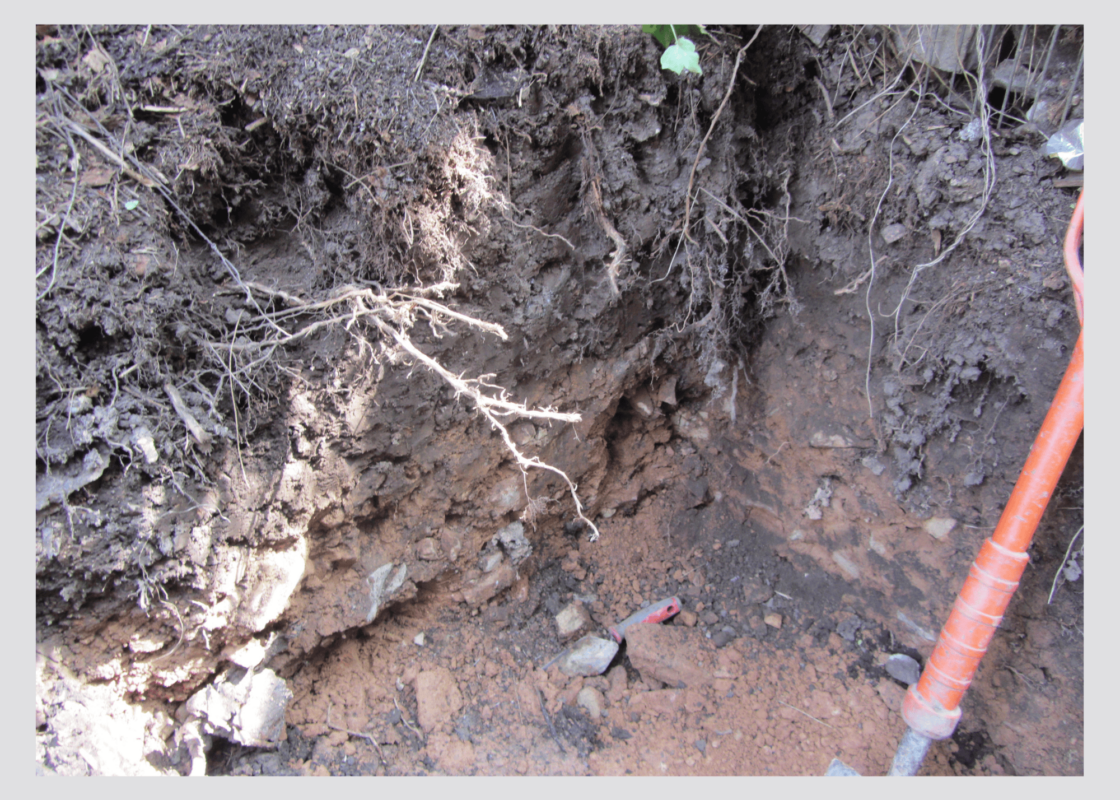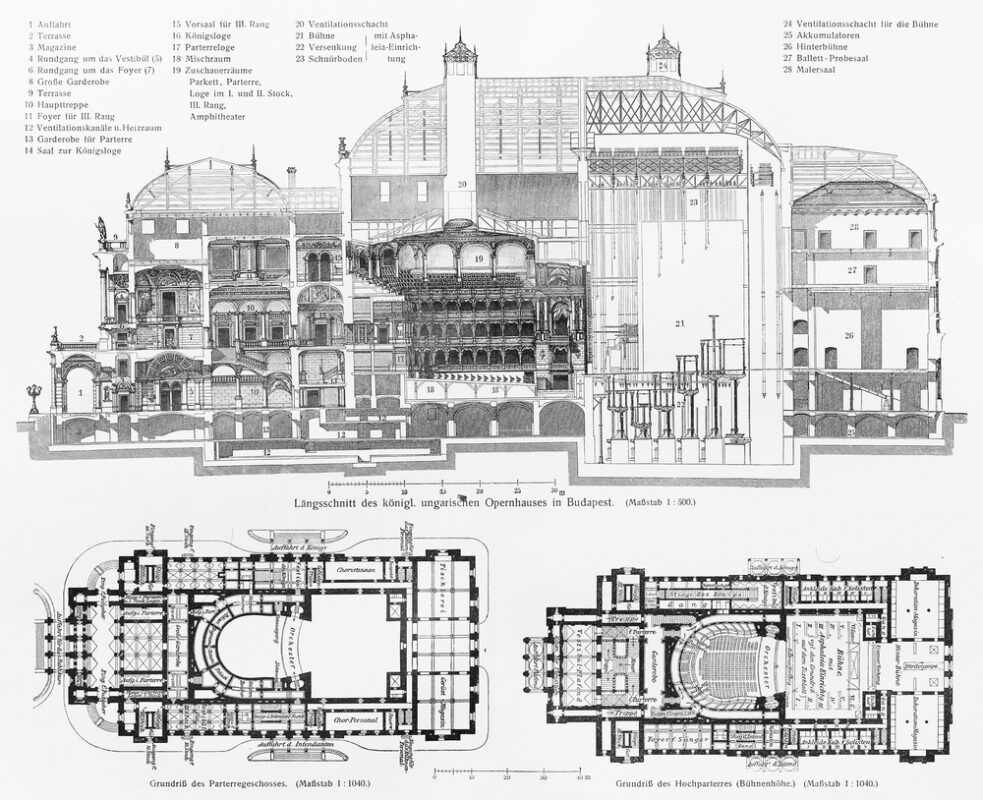Record Information: The Answers You Need Are Often Buried In The Building’s History
Every building has a story.
In commercial projects, whether it’s fitting out a new space, planning an extension, or repurposing an old site missing information can quickly turn into a major headache.
Structural issues rarely appear out of nowhere. Cracks, sags, and unexpected quirks usually have roots buried in the building’s history.
That’s why record information is so important. Drawings, surveys, repair records, planning applications, they’re not just paperwork. They’re the clues that help us understand what’s really going on behind the walls and beneath the floors.
When those clues are missing or incomplete, we’re left to guess. And guessing in commercial projects can be risky and expensive.

Starting with the Facts
That’s why we always start by investigating what’s already there. If the record information is complete and up to date, we can design with confidence. But if the information isn’t available, or if it’s clearly incomplete we’ll suggest doing some intrusive investigations:
- Opening up walls to check if there’s hidden steelwork
- Drilling through floors to confirm slab thickness
- Digging around foundations to see what’s really supporting the building
These investigations aren’t cheap, but they’re a lot cheaper than dealing with surprises halfway through construction.
Managing Risk
Some clients are understandably reluctant to pay for these extra investigations. After all, no one likes the idea of extra work or added cost. But it all comes down to risk.
We can design based on assumptions if needed, but that approach can end up costing a lot more in the long run.
For example, one office conversion ran into huge costs when it turned out the lightweight concrete floors couldn’t support the HVAC system. In another case, a warehouse extension had to be underpinned mid-build when shallow foundations were discovered too late.
Honesty About Priorities
We always ask clients what matters most: is it time, money, or certainty? Because knowing that helps us tailor our approach and give best advice.
Some clients want to get on site as soon as possible and don’t mind taking a calculated risk. Others would rather pay for thorough investigations up front to avoid nasty surprises later.
Whatever the answer, it’s always about managing risk. The more we know about the building before work begins, the smoother the project will be and the better we can protect your budget, timeline, and reputation.
So before you build, let’s find out what’s really there. Because the better we understand your building’s story, the more efficient the design can be, there’ll be fewer surprises and the project will be more successful.


